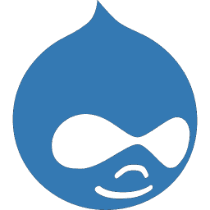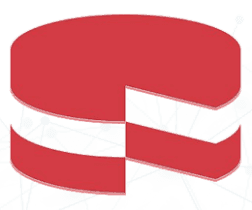Accélérer site : Technologie éprouvée
- JavaScript
Fusion, compression, chargement paresseux - CSS
Compression de la taille et optimisation de la charge - Images
Compression et conversion avec CDN OptiPic - Widgets tiers
Consultants en ligne, chats, réseaux sociaux, etc. - Systèmes d'analyse
Google Analytics, Facebook,
etc.
Quels problèmes et recommandations Google Pagespeed Insights seront améliorés
Minimize main-thread work
Consider reducing the time spent parsing, compiling and executing JS. You may find delivering smaller JS payloads helps with this.
Eliminate render-blocking resources
Resources are blocking the first paint of your page. Consider delivering critical JS/CSS inline and deferring all non-critical JS/styles.
Reduce unused JavaScript
Reduce unused JavaScript and defer loading scripts until they are required to decrease bytes consumed by network activity.
Reduce unused CSS
Reduce unused rules from stylesheets and defer CSS not used for above-the-fold content to decrease bytes consumed by network activity.
Ensure text remains visible during webfont load
Leverage the font-display CSS feature to ensure text is user-visible while webfonts are loading.
Reduce the impact of third-party code
Third-party code can significantly impact load performance. Limit the number of redundant third-party providers and try to load third-party code after your page has primarily finished loading.
Serve static assets with an efficient cache policy
A long cache lifetime can speed up repeat visits to your page.
Reduce JavaScript execution time
Consider reducing the time spent parsing, compiling, and executing JS. You may find delivering smaller JS payloads helps with this.
Efficiently encode images
Optimized images load faster and consume less cellular data.
Serve images in next-gen formats
Image formats like WebP and AVIF often provide better compression than PNG or JPEG, which means faster downloads and less data consumption.
Vérifiez la vitesse de site - spécifiez votre site Web
Comment commencer avec Pagespeed OptiPic
Commandez la technologie déployer OptiPic:Pagespeed
Attendre la mise en place du test par l'équipe OptiPic
Déposez des fonds sur votre compte et sélectionnez un forfait
Tarification : Déployer + Abonnement
Paiement unique pour le déploiement. Paiement mensuel pour un abonnement.
Включая ускорение бекенда, TTFB, время ответа сервере, время до первого байта
Accélération du site Web front-end (accélération du client)
Outre la compression d'image, l'accélération du site Web frontal peut être obtenue en optimisant d'autres composants:
- Mise en cache back-end des fichiers statiques (images, CSS, JS).
- Fusion CSS.
- Compression CSS.
- Fusion JS.
- Compression JS.
- Déplacement de CSS et JS dans la partie inférieure du code HTML de la page Web.
- Désactiver les scripts et widgets inutiles.
Accélération du site Web principal (accélération du serveur)
L'accélération du back-end vise à minimiser le temps de génération de la page Web par le serveur. Il est généralement obtenu par les méthodes suivantes:
- Passer à l'hébergement ou au serveur le plus puissant.
- Optimisation des paramètres du serveur Web (apache, nginx, php-fpm).
- Optimisation des paramètres mysql (ou paramètres d'un autre système de gestion de base de données utilisé par le site Web).
- Mise en cache des requêtes de base de données.
- Mise en cache des requêtes vers l'API externe.
- Mise en cache totale (la technologie "Site Web composite" et similaire).
- Refactoring et optimisation de la logique php-code.
Les experts OptiPic savent tout sur la procédure d'accélération et peuvent vous aider à améliorer intégralement les performances de votre site Web. contactez-nous si vous avez besoin d'accélérer considérablement votre site Web.

 WordPress
WordPress  Joomla
Joomla  Bitrix
Bitrix  Yii
Yii  Laravel
Laravel  Symfony
Symfony  Zend Framework
Zend Framework  Drupal
Drupal  MODx
MODx  AMIRO.CMS
AMIRO.CMS  CakePHP
CakePHP  CodeIgniter
CodeIgniter  CS-Cart
CS-Cart  DataLife Engine
DataLife Engine  DIAFAN.CMS
DIAFAN.CMS  FuelPHP
FuelPHP  HostCMS
HostCMS  InstantCMS
InstantCMS  Magento
Magento  NetCat
NetCat  OpenCart
OpenCart  Phalcon
Phalcon  PHP
PHP  PHPixie
PHPixie  PrestaShop
PrestaShop  Shop-Script
Shop-Script  Simpla
Simpla  SiteEdit
SiteEdit  Slim
Slim  UMI.CMS
UMI.CMS